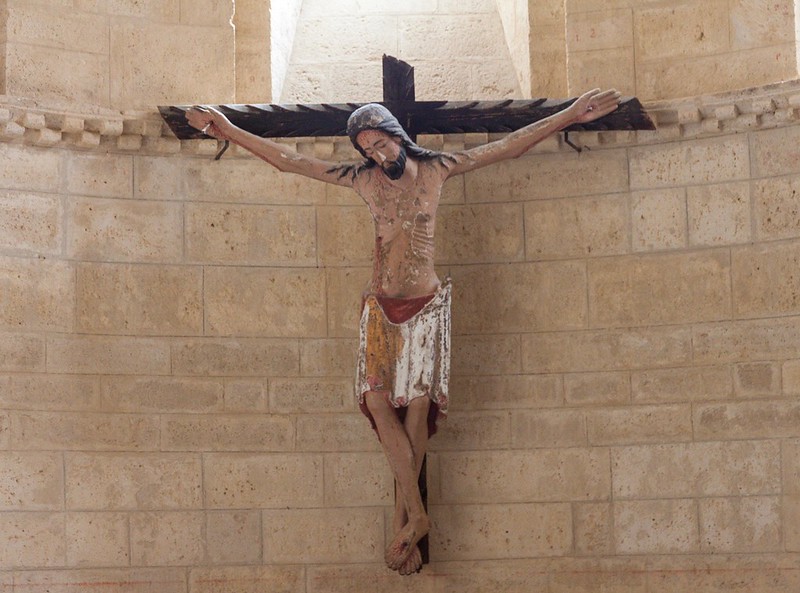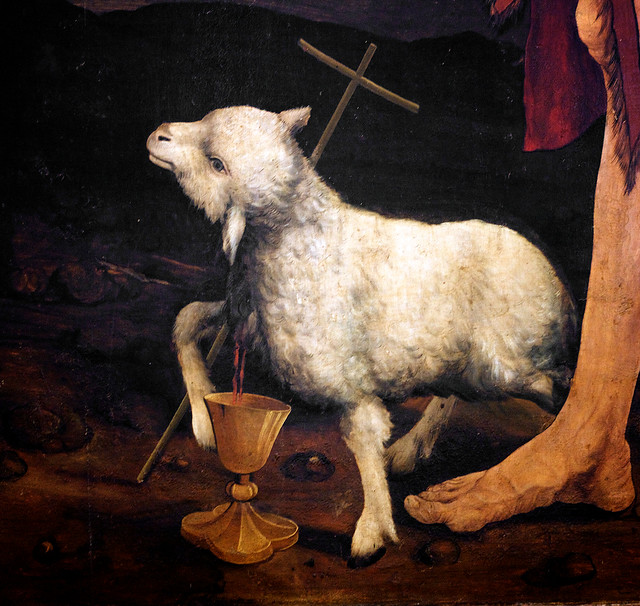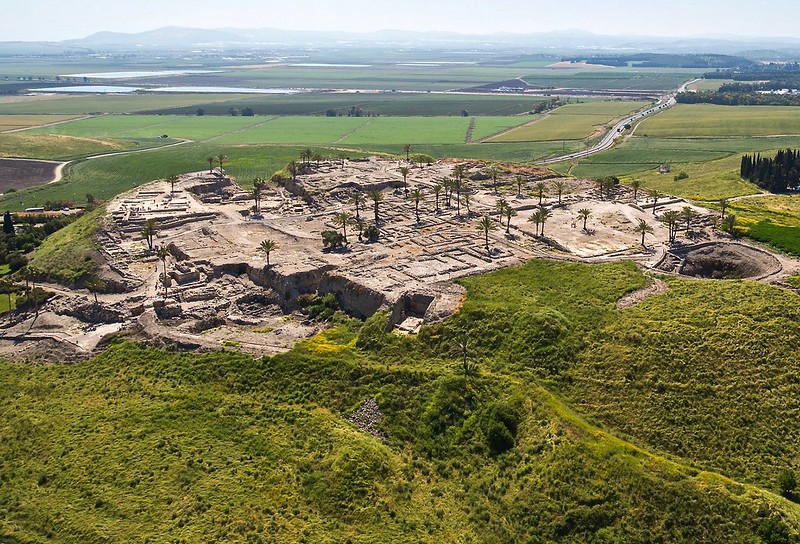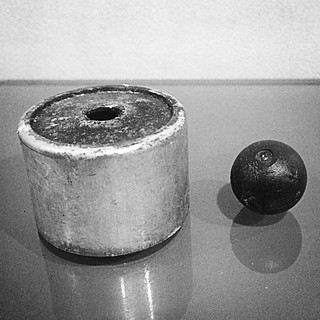The Looming Specter
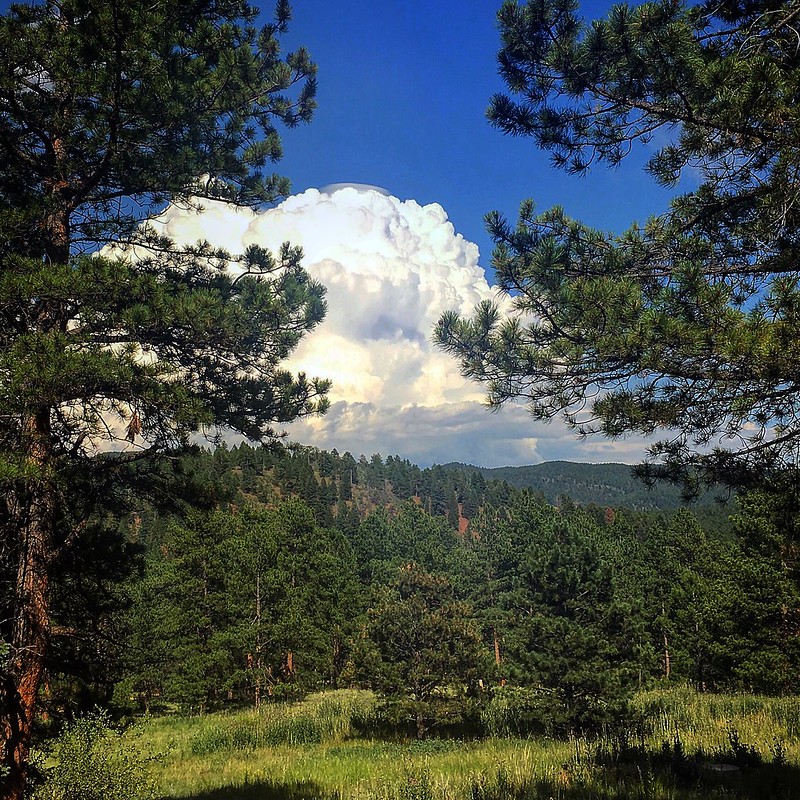
The Looming Specter
Brian Zahnd
My criteria for writing a book is simple. I write what I cannot not write. I don’t rummage around in my mind for a topic, I don’t attempt to divine the whims of the market, I don’t ask, “Who is my target audience?” (A question always posed to me by publishers and one I never know how to answer. Everyone? Those who have ears to hear? Four friends? I don’t know.) I wrote A Farewell To Mars because I had to write about war in the light of Christ. I couldn’t be at peace until I did. I wrote Water To Wine because I had to tell some of my story. I was compelled to testify about what had happened to me. If these books found an audience who resonate with what I have to say, it makes me very happy…but I wrote them for the wellbeing of my own soul. And all of this is even more true with Sinners in the Hands of a Loving God.
In Bob Dylan’s “Nettie Moore” there’s a line that says, “Got a pile of sins to pay for and I ain’t got time to hide.” I can relate to that. There is a sense in which I’m trying to make amends with Sinners in the Hand of a Loving God. I am trying to recant some of my old sermons that presented God as angry, violent, and retributive. But my deepest motivation for writing Sinners is not to do penance for purveying ignoble ideas about God. My chief motivation for writing this book comes not from looking into the past with regret, but from looking into the future with concern.
Read more
